For a while now, I’ve been wanting to try my hand at geocoding — attaching latitude and longitude (coordinate) data directly to the EXIF metadata in photographs so they can be precisely positioned on a map.
The easiest way to do this is to use a camera with a built-in GPS. Unfortunately, that’s still a pretty rare feature in cameras, and comes at a hefty premium. Because most people aren’t interested in the feature and never will be, it’s not likely to become commonplace any time soon. Some day we’ll all have high-quality cell phone cameras with native GPS — the Nokia N95 is the current front-runner, and I think it’s a safe bet the coming Google phone will have fully integrated GPS features. I’ve been holding back on taking the iPhone plunge until it has fully realized GPS capabilities (at which point it will also become the ultimate geocaching device).
But the cool thing is, you don’t have to wait for a GPS-enabled camera to start geocoding. Here are the results of my first geocoding experiment, created without a GPS-enabled camera. The icons are clickable; the thumbnails in the balloons are too.
View Larger Map
The photos aren’t great, the interface isn’t perfect, and due to several beginner’s mistakes, only some of the coordinates shown here are accurate. This was more a proof of concept than anything – a way to explore available software and techniques. You’d think generating a map like this would be trivial at this point in the game. Well… yes and no. There are a ton of options, but getting things to appear exactly the way you want them to is still a bit of a pain. Click through for the gory details.
I recently picked up an excellent (paper) map detailing 140 of Berkeley’s hidden pathways – concrete or wooden stairs covering the steep stretches between many of the twisting, heavily wooded streets of Berkeley. These were mostly built at the turn of the last century to help citizens without cars get to the local train systems. I recently explored a few dozen of the paths with my family, and started my geocoding experiment there.
Continue reading “Experiments in Geocoding”


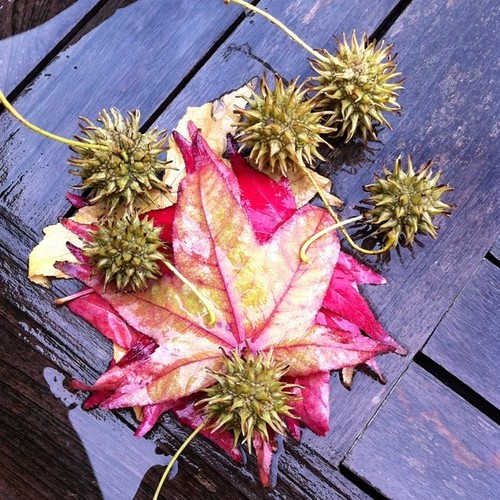





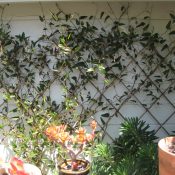
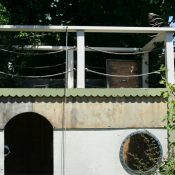
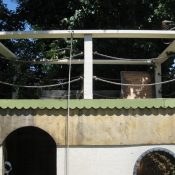









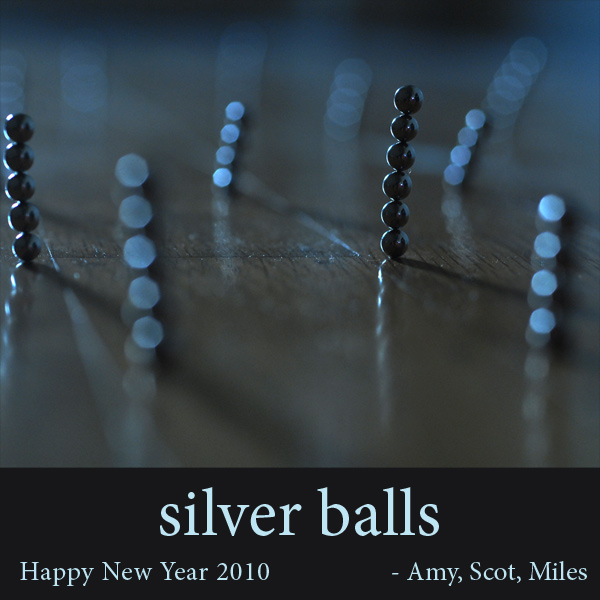


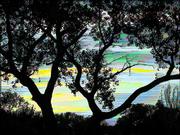 When
When